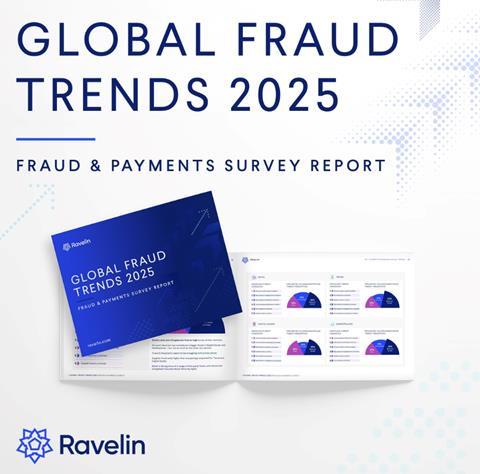From identifying issues to implementing interventions, Ravelin’s Laura Smettem takes a look at five ways retailers can reduce refund abuse without pushing customers away
Refund abuse costs British retailers tens of millions every year and, according to Ravelin research, over half of online retailers are seeing refund abuse rise. Forty percent of retailers now believe their own customers pose a similar threat to their business as criminals.
Direct costs include lost revenue from fraudulent refunds, processing and restocking expenses – potentially running to 60% of the cost of the returned item. There are indirect costs too, such as increased customer service workloads, disputes and customer churn.
The impact of customer fraud isn’t purely financial. Over half of retailers told us they have featured in the press or on social media because of fraud.
Despite that, many retailers readily overlook the problem. To them, it’s just “the cost of doing business,” and there’s an unwillingness to rock the boat with hard-won customers.
But retailers can curb refund abuse while ensuring a seamless experience for honest customers – here’s how.
Understand the scale of refund abuse
Refund abuse spans a spectrum reaching from otherwise legitimate customers taking advantage of generous returns policies, to outright fraud. Along the way, we find excessive returns and wardrobing, false claims and fraudulent returns.
Organised crime is also getting in on the act, with “returns-as-a-service” effectively offering free stuff to shoppers, promoted via social media.
Clamping down on returns abuse depends on seeing not just what customers buy, but also the refunds they receive. But that’s not how most retail or ecommerce software systems work.
Instead, investigators often have to rely on manual systems (often spreadsheets), which can stand in the way of seeing the true extent of the problem.
A lack of visibility, alongside a willingness to give customers the benefit of the doubt, make it almost impossible for retailers to tackle returns abuse systematically.
Identify the root issues
Intelligence is everything. An ability to see not just the purchases made, but refunds paid back, can help retailers assess refund patterns and spot unusual spikes in claims, particularly for high-value items.
Fraud investigators can work with returns centres to track rejected returns and investigate fraudulent behaviours. They can then establish benchmarks for reasonable return rates and identify deviations.
Implement targeted interventions
The last thing any retailer wants to do is tar legitimate customers with the fraudsters’ brush. Armed with the right insights, retailers can implement different strategies for different types of behaviour.
Retailers might educate serial returners about their behaviour, nudging them with pop-ups or emails explaining the implications of their actions. Other deterrents like return fees might be introduced for mild returners. Outright fraudsters might be blocked on the site entirely.
In every case, consider the return-on-investment on interventions – many serial abusers may still have a net positive customer value.
Bolster your fraud team with AI
Manually managed refund abuse rules put retailers one step behind the fraudsters. AI-native tools help detect, predict and prevent refund fraud in real time.
These tools make it possible to tailor new rules to emerging behaviours, track activity across multiple user accounts and tailor intervention strategies.
Getting on the front foot to tackle fraud
Retailers must strike a balance: curtailing abuse without driving away genuine customers. A proactive, data-driven approach ensures interventions can be well-calibrated, protecting revenue while ensuring a positive shopping experience for all.
By using the right technology, retailers can get on the front foot in addressing refund abuse, encouraging honest shopping and strengthening customer trust.

Download Ravelin’s free Global Fraud Survey report to discover
• Findings from surveying 1466 fraud and payments professionals from 10 countries
• Retail sector-specific insights
• Fraud trends and comparisons to last year’s results
• Attitudes of internal stakeholders and different countries
• Deep commentary, analysis and advice to merchants.

Laura Smettem is marketing director at Ravelin.




























